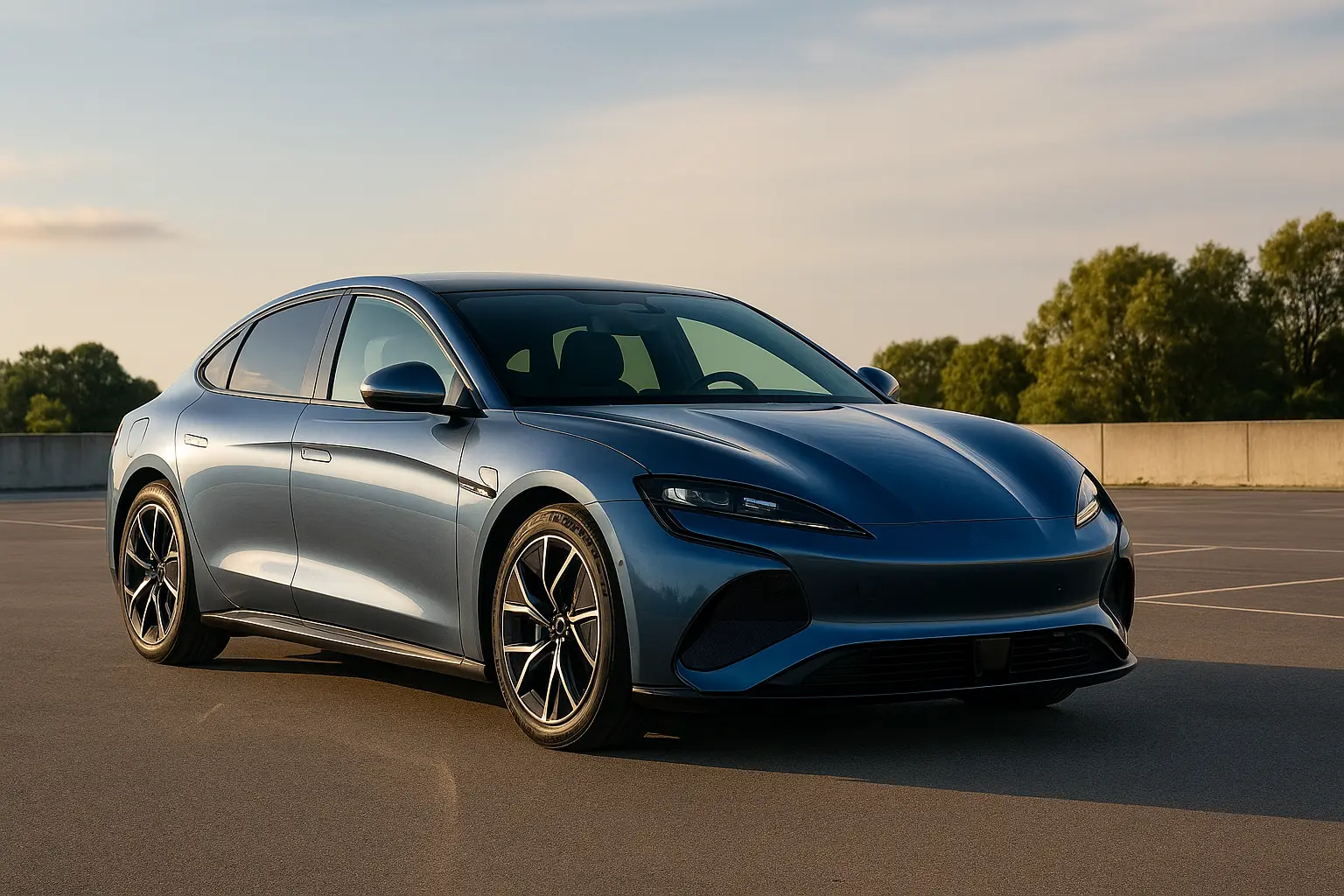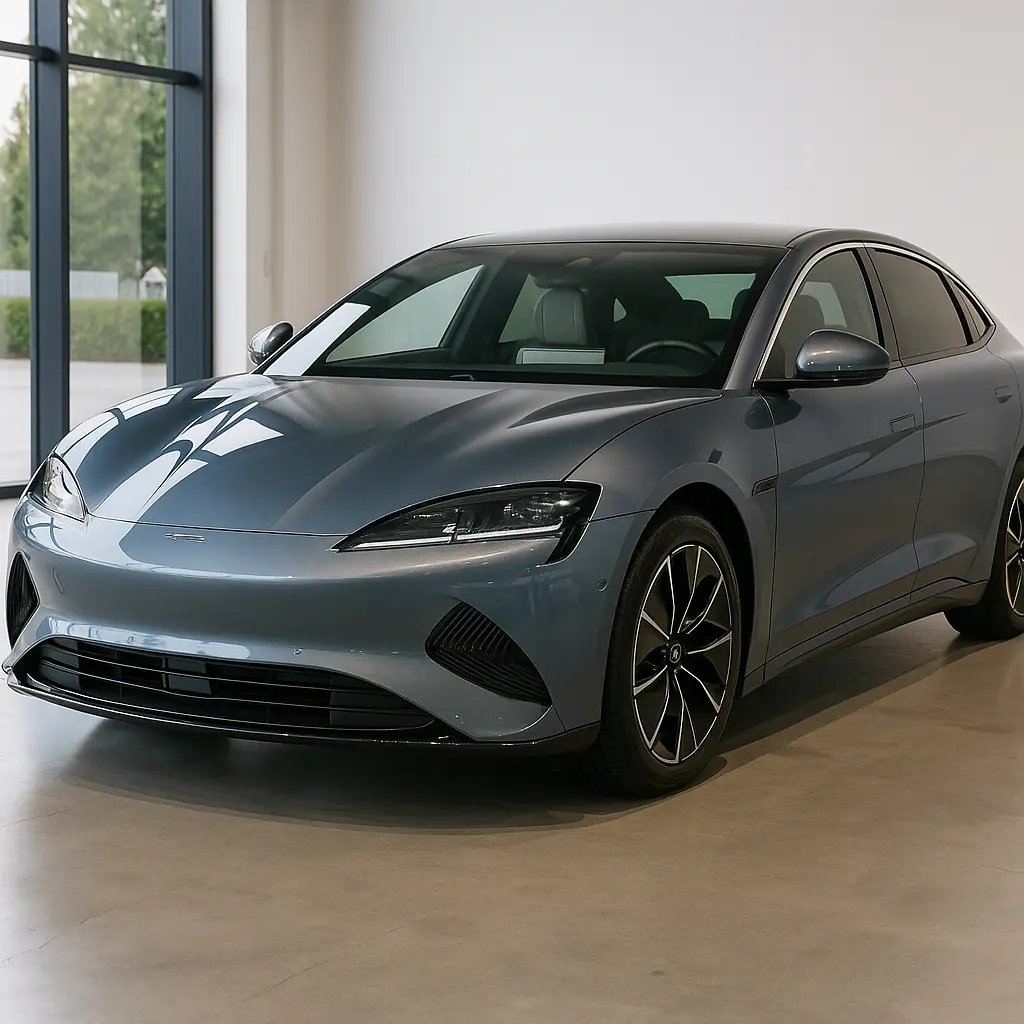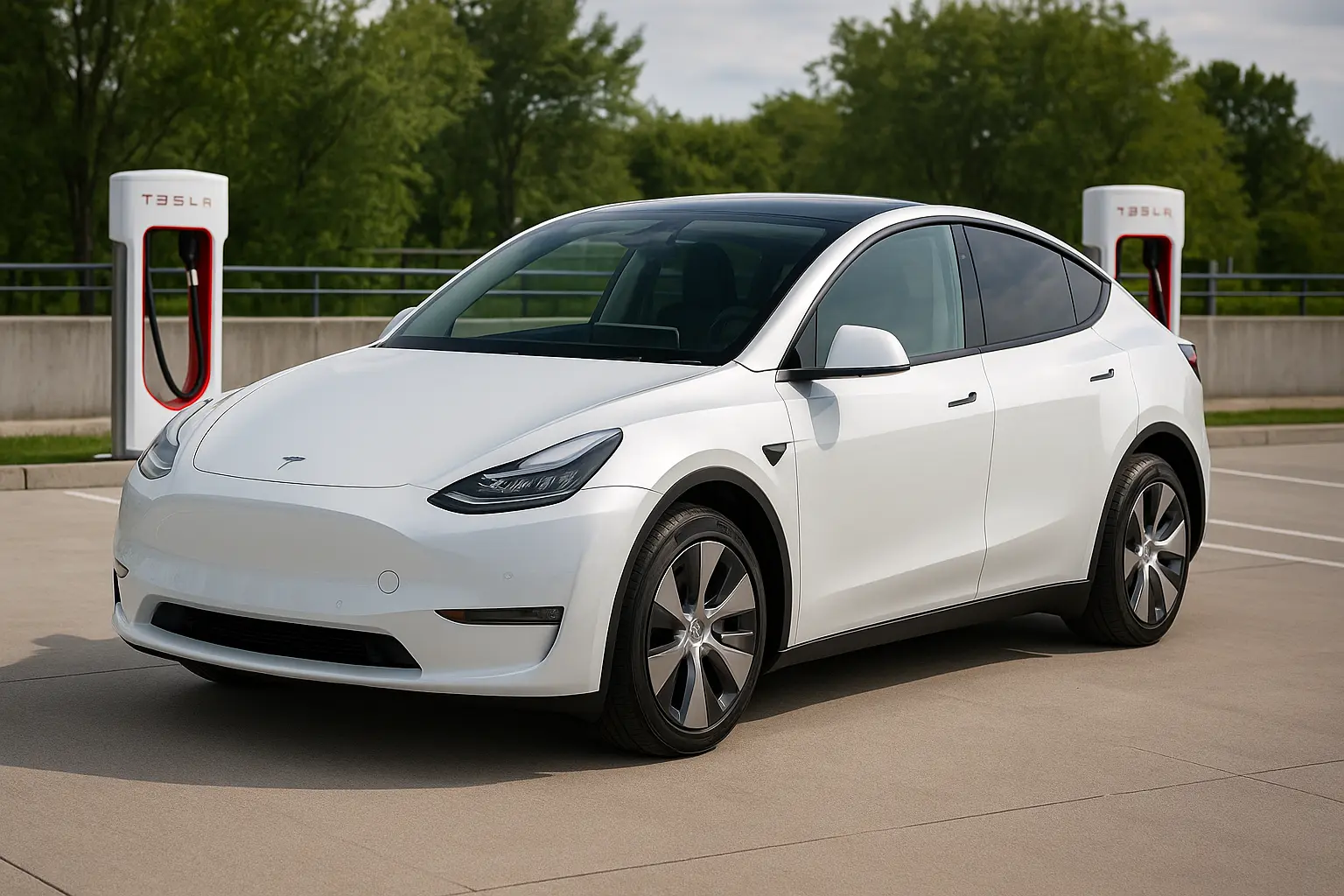The Australian EV market is evolving quickly, and while SUVs dominate sales charts, sedans are quietly making a comeback—especially in the electric space. Leading the charge is the BYD Seal 2025, a mid-size electric sedan designed to offer a balance of affordability, advanced technology, and premium refinement. For Australians who find the Tesla Model 3 a little too expensive, or the Hyundai Ioniq 6 just out of reach, the Seal presents itself as a serious contender.
This in-depth review explores everything you need to know about the 2025 BYD Seal—its design, technology, performance, range, features, safety, and how it stacks up against rivals in Australia.

A New Wave of Affordable EV Sedans
Australia has seen a strong surge in EV adoption, thanks to state rebates, growing charging infrastructure, and an appetite for cleaner transport. The sedan market, once thought to be fading, is gaining fresh momentum as brands like Tesla, Hyundai, Polestar, and now BYD, launch futuristic four-door EVs that combine style with substance.
BYD (Build Your Dreams), the Chinese carmaker now making waves globally, has positioned itself as a disruptor in the budget EV segment. After success with the Atto 3 SUV and Dolphin hatchback, BYD has set its sights on the sedan category. The Seal is intended to be an affordable alternative to Tesla’s Model 3, offering many premium touches without the hefty price tag.
Exterior Design – Premium Styling Without the Premium Price
The 2025 BYD Seal is built on the BYD e-Platform 3.0, a dedicated EV architecture, giving it sleek proportions and excellent aerodynamics. Its design philosophy combines futuristic lines with luxury sedan cues, making it stand out in the mid-size EV sedan segment.
Key Design Highlights
Shark-Inspired Styling: The Seal takes inspiration from marine life, with flowing curves, sculpted sides, and a “shark nose” front fascia. It looks sporty yet elegant, appealing to both younger buyers and families.
LED Lighting: Full-width LED tail lamps, sharp LED headlights, and dynamic indicators give it a high-tech presence at night.
Flush Door Handles: Adding to the premium touch, the door handles sit flush with the body for improved aerodynamics.
Wheels: The Seal offers aerodynamically designed alloy wheels, with sizes ranging from 18 to 20 inches depending on trim.
From the side profile, the Seal almost resembles a coupe sedan with its sloping roofline, similar to the Tesla Model 3 and Hyundai Ioniq 6, but with a distinct BYD flair.
Interior – A Blend of Luxury and Technology
Step inside the 2025 BYD Seal, and you’ll be greeted by an interior that feels more premium than its price would suggest. BYD has clearly taken cues from luxury carmakers, offering a cabin that feels upscale, futuristic, and practical for daily use.
Standout Interior Features
Rotating 15.6-Inch Touchscreen: A signature BYD feature, the large infotainment screen can switch between portrait and landscape modes, offering flexibility for navigation, entertainment, or work use.
Premium Materials: Soft-touch surfaces, leather-wrapped steering wheel, and contrast stitching create a high-end feel.
Digital Instrument Cluster: A fully digital driver’s display with crisp graphics ensures clear visibility of key information.
Ambient Lighting: Customisable cabin lighting adds a premium ambience, especially during night drives.
Comfort & Space: The Seal offers generous legroom for both front and rear passengers, with supportive seats suitable for long Australian road trips.
The interior gives the impression of a luxury EV at a mainstream price, bridging the gap between affordability and sophistication.
Powertrain Options and Performance
One of the Seal’s biggest draws is its multiple drivetrain options, catering to different budgets and performance expectations.
Rear-Wheel Drive (Standard): Entry-level models come with a single motor setup, offering around 230 kW of power and a 0-100 km/h time of about 6 seconds. This makes it quicker than many petrol sedans in its class.
All-Wheel Drive (Performance): Higher trims feature dual motors producing up to 390 kW, slashing the 0-100 km/h sprint to under 4 seconds. This positions the Seal among performance EV sedans, without the performance car price.
With instant torque and a low centre of gravity thanks to its battery placement, the Seal delivers engaging handling and a stable, planted feel on Australian roads.
Battery and Range
Range is a critical factor for Australians considering EVs, given the vast distances and developing charging network. BYD has equipped the Seal with its Blade Battery technology, which is known for its durability, safety, and efficiency.
Standard Range: Around 460 km (WLTP), ideal for city commuters and urban drivers.
Extended Range: Up to 570–650 km (WLTP) on higher trims, suitable for long-distance travel between cities like Sydney and Melbourne.
Fast Charging: The Seal supports DC fast charging up to 150 kW, allowing 30–80% charge in about 30 minutes.
This combination of range and charging speed makes the Seal one of the most practical EV sedans in the budget-to-mid price segment.
Technology and Infotainment
BYD has positioned itself as a tech-first automaker, and the Seal reflects this philosophy.
Rotating Touchscreen: Unique in the market, enhancing usability.
BYD DiLink OS: The infotainment system supports apps, voice control, and over-the-air updates.
Smartphone Integration: Apple CarPlay and Android Auto are supported, addressing a common concern in earlier BYD models.
Augmented Reality HUD: Available on higher trims, projecting key driving information onto the windscreen.
OTA Updates: Ensures the Seal stays current with new features and improvements.
For tech-savvy Australian buyers, the Seal delivers a level of connected experience rivaling Tesla and Hyundai.
Safety Features and Ratings
Safety remains a top priority for Australian buyers, and the Seal comes well-equipped. While ANCAP testing for the 2025 model is still expected, the Seal is engineered with global crash safety standards in mind.
Key Safety Equipment
Advanced Driver Assistance Systems (ADAS) including adaptive cruise control, lane-keep assist, blind-spot monitoring, and rear cross-traffic alert.
Multiple airbags, including curtain airbags covering rear passengers.
Automatic emergency braking with pedestrian and cyclist detection.
360-degree camera system for easier parking and tight-space manoeuvring.
Rigid chassis structure designed around BYD’s Blade Battery for enhanced crash safety.
Given BYD’s track record with the Atto 3’s five-star ANCAP rating, expectations for the Seal are equally high.
BYD Seal vs Rivals in Australia
The Seal enters a competitive segment dominated by some of the most popular EV sedans globally.
Tesla Model 3: The benchmark, offering longer range and Tesla’s Supercharger network. However, the Seal undercuts it significantly on price, while offering comparable features.
Hyundai Ioniq 6: Sleek and futuristic, with strong efficiency. The Seal matches it in range but beats it in affordability.
Polestar 2: Known for Scandinavian design and build quality. The Seal delivers a similar premium feel at a lower cost.
MG4 XPower (Hatchback rival): More compact but similarly affordable. The Seal offers more space and sedan practicality.
The Seal’s biggest advantage is its ability to deliver premium sedan qualities at a mainstream EV price, positioning it as the “value buy” in the mid-size EV sedan category.
Pricing and Value Proposition
While official Australian pricing for the 2025 BYD Seal may vary depending on trim and local taxes, estimates place it between $50,000 and $65,000—undercutting rivals like the Tesla Model 3, which often crosses $70,000 once on-road costs are included.
Add to this the potential savings from state EV rebates (where available), reduced running costs, and BYD’s generous warranty (6 years vehicle, 8 years battery), the Seal offers excellent long-term value for Australian buyers.
Ownership, Warranty, and Running Costs
BYD’s Blade Battery promises enhanced durability, reducing concerns about long-term degradation. Combined with lower maintenance needs compared to petrol cars (no oil changes, fewer moving parts), the Seal is expected to be cost-effective to own and run.
BYD Warranty Coverage
Vehicle Warranty: 6 years / 150,000 km
Battery Warranty: 8 years / 160,000 km
Roadside Assistance: Included for the initial years of ownership.
Compared to traditional sedans and even rival EVs, these terms are highly competitive.
Who Should Buy the BYD Seal?
The 2025 BYD Seal is a versatile sedan that appeals to multiple buyer groups in Australia:
Budget-Conscious EV Buyers: Those wanting premium EV features without stretching to Tesla’s price.
Tech Enthusiasts: Buyers who value large touchscreens, advanced infotainment, and OTA updates.
Families & Commuters: Spacious interior, safety features, and long range make it suitable for both city use and road trips.
Performance Seekers: The AWD dual-motor trims provide sports car-like acceleration at a fraction of the cost.
Final Verdict – A Game Changer for Australian EV Sedans
The 2025 BYD Seal is more than just another electric sedan—it’s a statement that premium doesn’t have to mean expensive. With its stylish design, cutting-edge technology, long range, and accessible pricing, it has the potential to shake up Australia’s EV market and challenge long-established players.
For Australian drivers looking for a balance of affordability, performance, and premium feel, the BYD Seal might just be the most compelling EV sedan of 2025.
Leave a comment
Your email address will not be published. Required fields are marked *




















